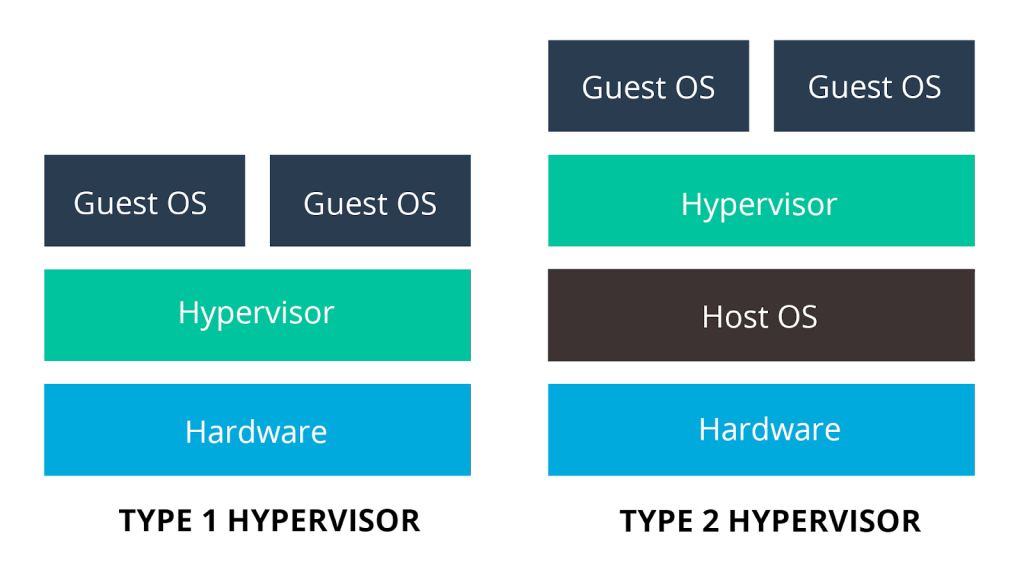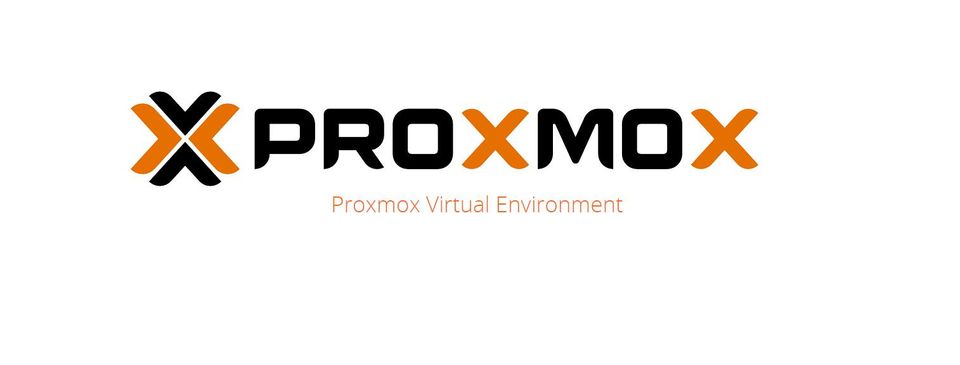We look at Proxmox VE
Proxmox Virtual Environment is an open source server virtualization management solution based on QEMU/KVM and LXC. It is a Type 1 hypervisor, which means that it is installed directly on the bare metal or dedicated server. Users can manage virtual machines, containers, highly available clusters, storage and networks via an easy to use web interface, or through the command line.
The main difference between Type 1 and Type 2 hypervisors is that Type 2 hypervisors are hosted hypervisors, which means they are installed on an existing Operating System, where Type 1 hypervisors – as already mentioned – is installed directly on the hardware.
Examples of Type 1 Hypervisors include VMWare ESXi, Proxmox VE, KVM, Xen, Hyper-V (It converts Server 2012 into a Type 1 Hypervisor)
Examples of type 2 Hypervisors include Microsoft Virtual PC, Oracle Virtual Box, VMware Workstation, Oracle Solaris Zones, VMware Fusion, Oracle VM Server for x86 and more.

The web interface allows you to manage not only VMs and containers, but also storage resources, network configuration, and high availability for clusters. It is enterprise-ready and often used as an alternative for VMWare ESXi. It is valued for its scalability and maximum flexibility, enabling you to virtualize very demanding workloads. It possible for you to easily install, manage, and monitor hyper-converged (HCI) data centers, without paying any vendor license fees, unless you require a support contract.
Key features of Proxmox VE
Some of the biggest features of Proxmox VE are:
- Central management: To manage all tasks of your virtual data center, you can use the central, web-based management interface.
- Unique multi-master design: Proxmox VE allows you to carry out maintenance tasks cluster wide, from any node.
- Minimize downtime: With the integrated live/online migration feature, you can move running virtual machines from one Proxmox VE cluster node to another, without any downtime or noticeable effect from the end-user side.
- Granular access: Using Proxmox VE’s role-based permission management system helps you define granular access to all objects.
- Multiple authentication sources: Proxmox VE supports multiple authentication sources, including Linux PAM, an integrated Proxmox VE authentication server, LDAP, Microsoft Active Directory, and OpenID Connect.
- Several storage options: The Proxmox VE storage model is very flexible and the web interface allows you to add multiple storage types (LVM Group, iSCSI target, NFS Share, SMB/CIFS, Ceph RBD, Direct to iSCSI LUN, GlusterFS, CephFS).
- Collaboration with Ceph: Proxmox VE fully integrates Ceph, giving you the ability to run and manage Ceph storage directly from any of your cluster nodes.
- Scheduled backups: With Proxmox VE, backups can be scheduled so that they automatically run on specific days and times, for selectable nodes and guest systems.
- IT infrastructure protection: Proxmox VE has a built-in firewall that works to protect your IT infrastructure. The firewall is completely customizable, allowing complex configurations via the GUI or CLI.
Resources
Proxmox VE:
Visit the Proxmox website to download the installation iso, and get a support subscription.
Dedicated Servers
For Dedicated Servers to install Proxmox on, you can visit one of the following two vendors.
– Hostedcloud USA for dedicated servers.






